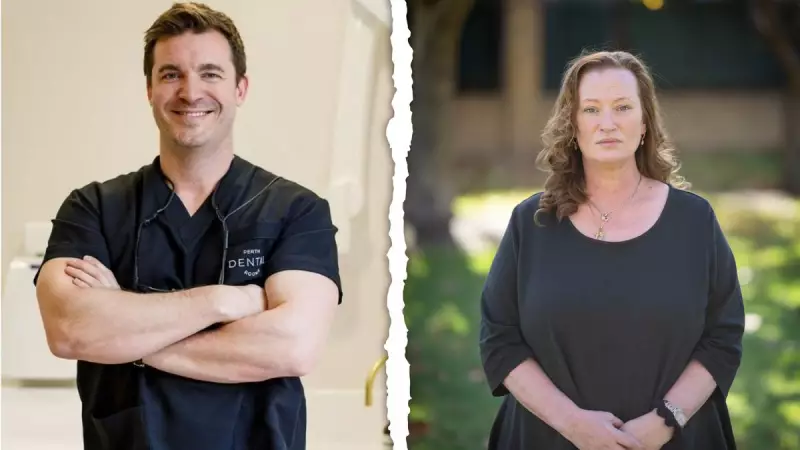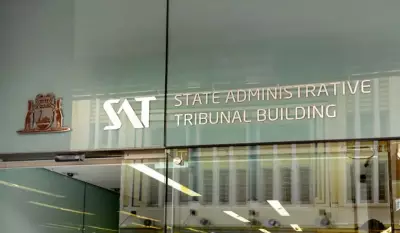
Australia's dental regulation system is facing unprecedented scrutiny following explosive revelations from a prominent industry insider who claims current oversight mechanisms are fundamentally flawed and failing to protect patients.
Whistleblower Exposes Systemic Failures
Michael Zaninovich, a respected dental practitioner with decades of experience, has publicly condemned what he describes as inadequate attempts by regulators to address inappropriate conduct within the profession. The Adelaide-based dentist has highlighted critical weaknesses in how complaints are handled and investigated across Australia's dental industry.
Zaninovich specifically targeted the Dental Board of Australia and the Australian Health Practitioner Regulation Agency (AHPRA), accusing them of creating a system that often protects practitioners at the expense of patient safety. His concerns come amid growing evidence that the current regulatory framework lacks the teeth necessary to effectively police the profession.
Specific Concerns About Complaint Handling
The experienced practitioner outlined several areas where he believes the system is failing Australian dental patients. Among his primary concerns is the complaint investigation process, which he claims frequently dismisses legitimate patient concerns without proper examination.
Zaninovich revealed that many complaints about inappropriate conduct or substandard care are being closed without adequate investigation, leaving patients without recourse and potentially dangerous practitioners free to continue operating. This pattern, he argues, creates an environment where misconduct can flourish without consequence.
Another significant issue raised involves the notification process for practitioners under investigation. According to Zaninovich, dentists are often informed about complaints against them before any preliminary assessment has occurred, potentially allowing them to alter records or prepare defenses that could obscure the truth.
Broader Implications for Patient Safety
The revelations have sparked serious concerns about the overall safety of dental care in Australia. If regulatory bodies cannot effectively identify and address problematic conduct, patients may be exposed to unnecessary risks during dental procedures.
Zaninovich's comments highlight a growing disconnect between regulatory intentions and practical outcomes. While AHPRA and the Dental Board were established to maintain professional standards and protect public health, the current system appears to be falling short of these objectives in critical ways.
The situation raises important questions about whether Australia's dental regulation framework requires comprehensive reform rather than incremental adjustments. With millions of Australians visiting dentists each year, the stakes for effective oversight couldn't be higher.
Calls for Regulatory Reform
In response to these identified shortcomings, Zaninovich and other industry voices are calling for substantial changes to how dental practitioners are regulated in Australia. They argue that without meaningful reform, patient trust in the dental profession could be seriously undermined.
The current controversy emerges against a backdrop of increasing scrutiny of healthcare regulation across Australia. As more stories surface about regulatory failures in various medical fields, pressure is mounting on authorities to demonstrate that they can effectively protect public health interests.
For now, Australian dental patients are left wondering whether the system designed to protect them is actually functioning as intended. As this debate continues to unfold, one thing remains clear: the need for transparent, effective dental regulation has never been more apparent.





